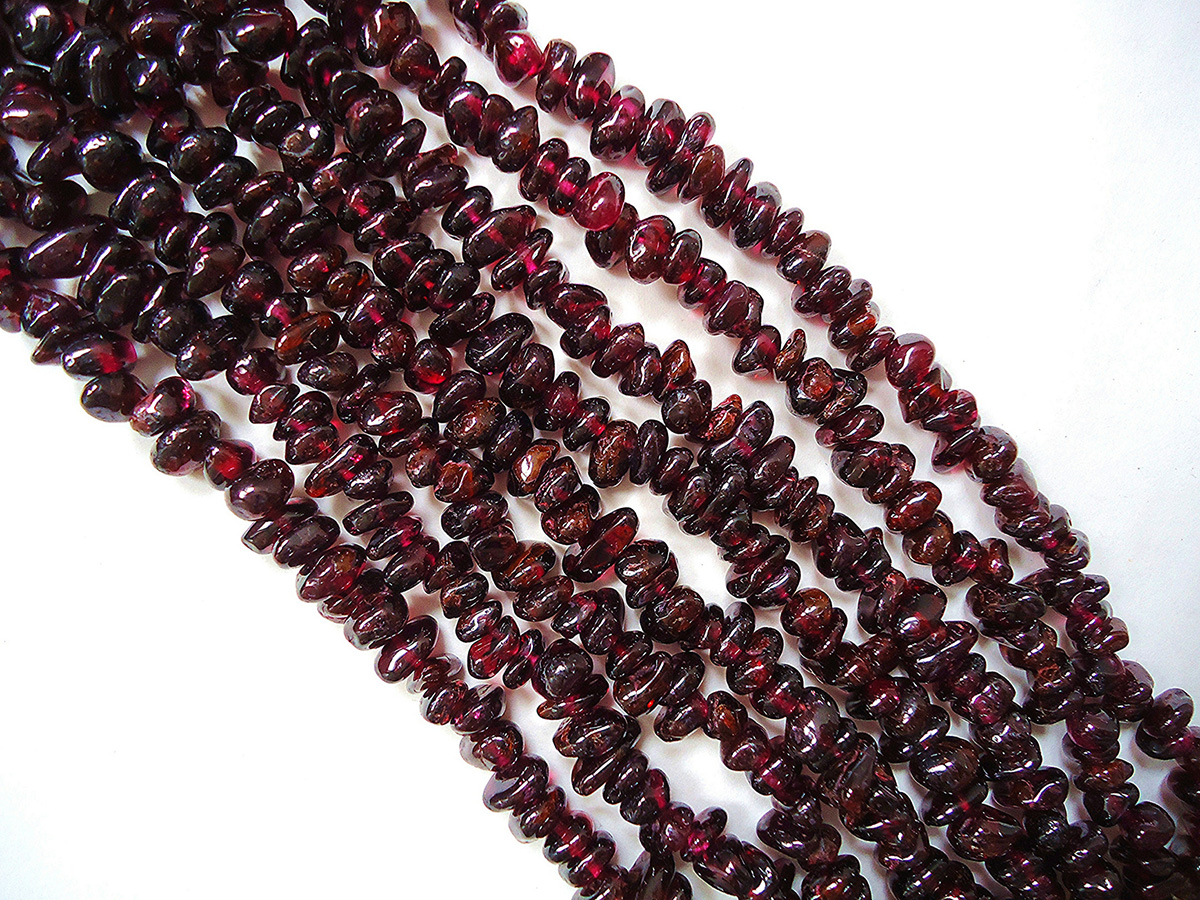Garnet?s Allure Across the Ages
January 20th, 2017
Around the world, the traditional January birthstone is the sparkling garnet, an eye-catching gem that?s been used in jewelry as far back as the Bronze Age. While these versatile crystals come in many different colors depending on their mineral base, it?s the bright red ones that are used as birthstones for those born during the first month of the year.
What?s in a Name?
This gem?s name comes from the Latin word granatum, which means dark red. It has strong ties to the word pomegranate, a fruit with distinctly red, gem-like seeds. In addition, the Medieval Latin word granum means red dye.
From Ancient Egypt to the Americas
Five thousand years ago, the Egyptian pharaohs used this gem both in ceremonies and as decorative pieces. In fact, many different cultures were known to use this precious stone to beautify their possessions, including the ancient Greeks, Romans, and Sumerians.
In Central Europe during the 16th century, large deposits of garnet were discovered in the region of Bohemia. Today, the Czech Republic continues to mine these ancient crystal deposits for jewelers to turn into exquisite gems.
Great civilizations in the Western Hemisphere also prized this gemstone. They were observed in both South America and North America. The Aztecs and the Mayans are said to have used them as sacred stones.
The Precious Stone Today
The enduring allure of the garnet is evident today as expert jewelers craft one-of-a-kind pieces that highlight this red gem.
There are about 20 known varieties of this gem group. Having been used for decor and rituals for over five thousand years by a number of civilizations on different continents, this beautiful gemstone continues to stir emotions and spark the imagination today.


